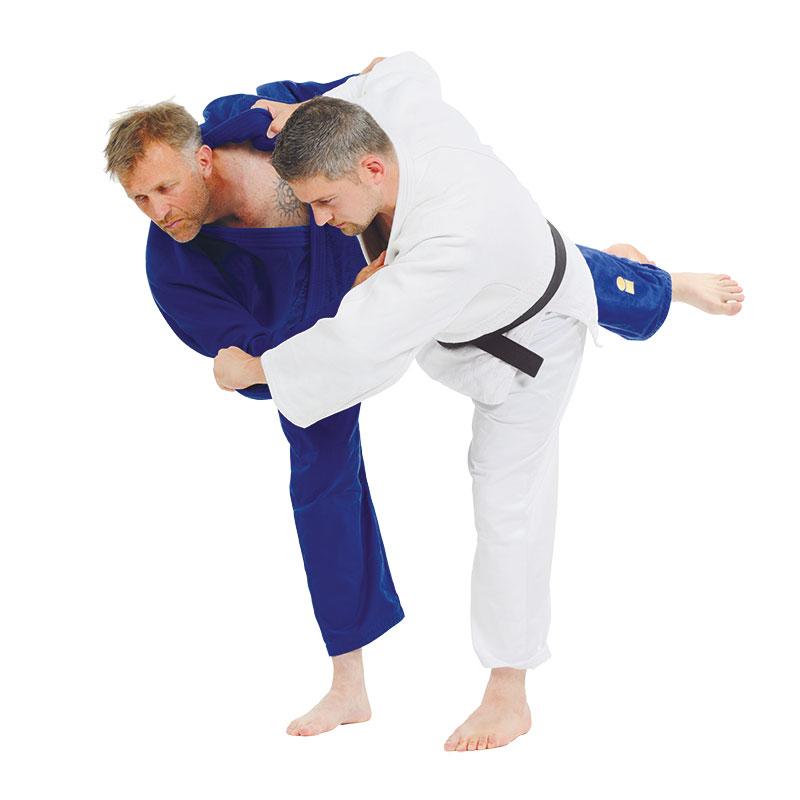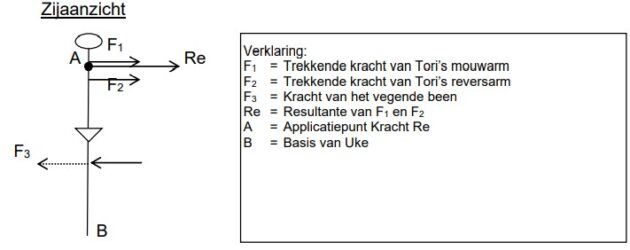Uchi-mata 内股
Inner Thigh Reap
Classification: Ashi-waza (leg technique)
Japanese meaning:
-
Uchi = inner
-
Mata = thigh or groin
Technical Description
Uchi-mata is one of the most iconic and elegant throws in judo, commonly used in both traditional kata and modern competition.
To perform Uchi-mata:
-
Begin by opening your opponent’s stance slightly to create space between their feet.
-
Break their balance (kuzushi) forward or toward their front-right corner, causing uke to lean forward.
-
Tori rotates to the left and sweeps the inside of uke’s right thigh using the back of tori’s own right thigh.
-
The sweeping action is performed from the inside-out, lifting uke’s leg off the tatami and causing a dynamic forward fall.
This throw can be executed with great variation depending on body type and preference. Some perform it more upright, others use a deep hip entry.

Biomechanics of Uchi-mata
This technique functions through a couple:
-
Re (arms) pull uke’s upper body forward and down, shifting uke’s centre of mass.
-
F3 (tori’s leg) reaps the inside of uke’s thigh from underneath, typically the inner right thigh, in a sweeping arc.
-
The simultaneous opposing forces create rotational torque, unbalancing uke and throwing them forward and over.
The contact point can vary:
-
Closer to the hip = more of a hip throw (koshi-waza)
-
Closer to the thigh or leg = more of a leg throw (ashi-waza)
This dual nature makes Uchi-mata a hybrid technique and a favourite among both light and heavy weight judoka.

Did You Know?
-
Uchi-mata can be classified as either a hip throw or a leg throw, depending on how deep tori rotates during the entry. If uke rests more on the hip, it’s considered a hip throw. If the lift comes more from the leg, it’s a leg throw.
-
Anton Geesink, the first non-Japanese judoka to win a world championship (1961), was renowned for his powerful Uchi-mata. His tall build and long limbs gave him a natural advantage in this throw.
-
Many tall judoka favour Uchi-mata due to their reach and the leverage they can generate, but it’s also highly effective for agile, technical fighters who rely on timing and precision.